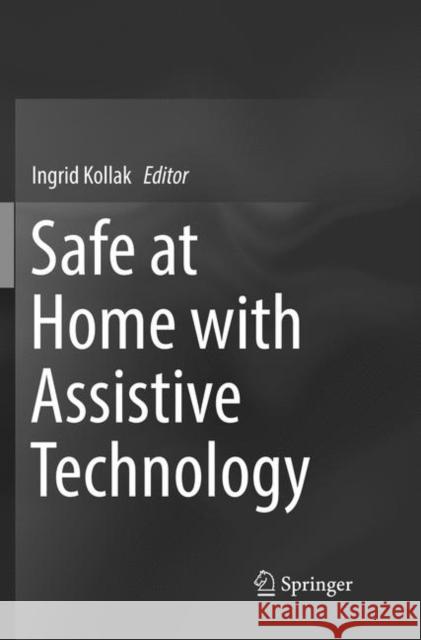Safe at Home with Assistive Technology » książka
topmenu
Safe at Home with Assistive Technology
ISBN-13: 9783319826875 / Angielski / Miękka / 2018 / 230 str.
Safe at Home with Assistive Technology
ISBN-13: 9783319826875 / Angielski / Miękka / 2018 / 230 str.
cena 210,55 zł
(netto: 200,52 VAT: 5%)
Najniższa cena z 30 dni: 210,55 zł
(netto: 200,52 VAT: 5%)
Najniższa cena z 30 dni: 210,55 zł
Termin realizacji zamówienia:
ok. 20 dni roboczych.
ok. 20 dni roboczych.
Darmowa dostawa!
Kategorie BISAC:
Wydawca:
Springer
Seria wydawnicza:
Język:
Angielski
ISBN-13:
9783319826875
Rok wydania:
2018
Wydanie:
Softcover Repri
Ilość stron:
230
Waga:
0.34 kg
Wymiary:
23.39 x 15.6 x 1.3
Oprawa:
Miękka
Wolumenów:
01
Dodatkowe informacje:
Wydanie ilustrowane











